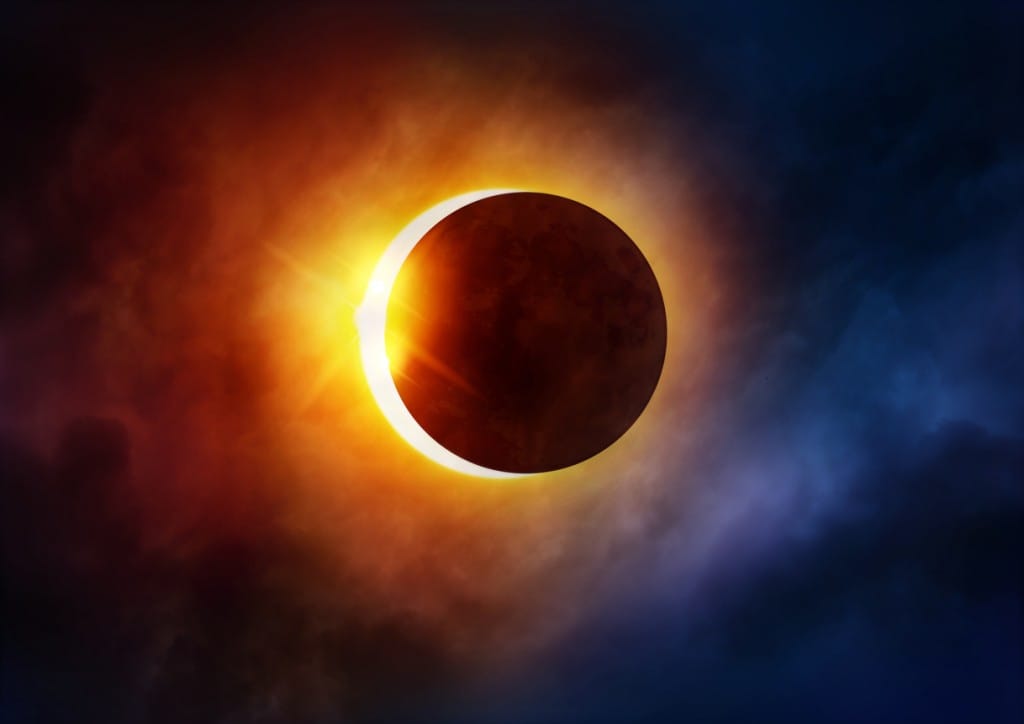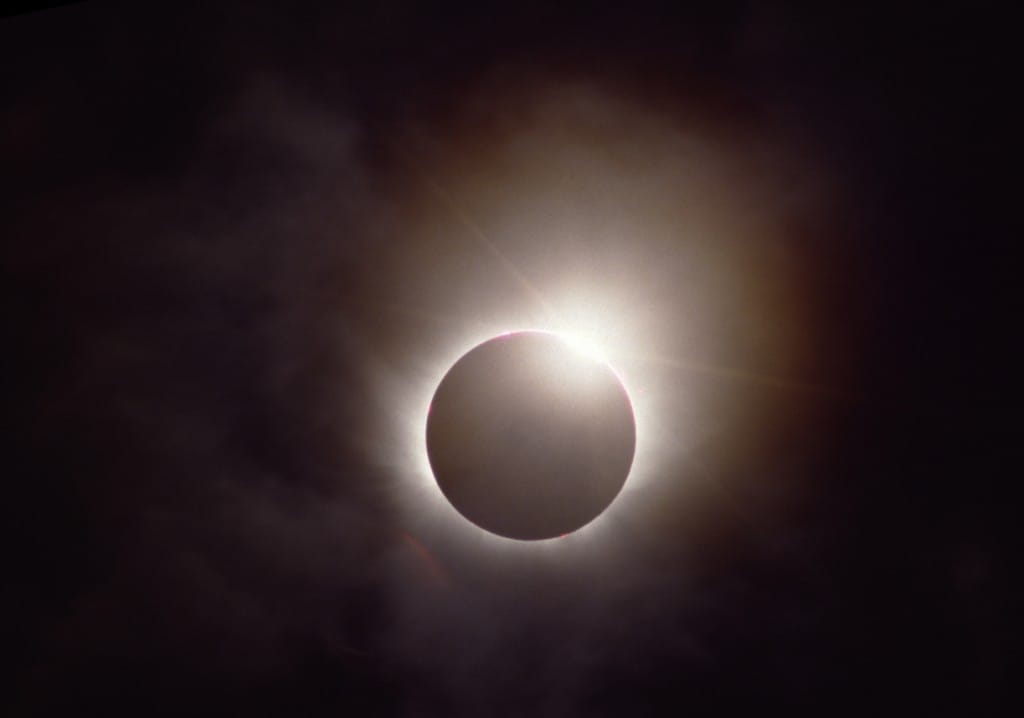Traveling to See the Solar Eclipse? Here's What You Need
The full solar eclipse on August 21, 2017, is the first the United States has seen since 1979. While everyone should be able to see some part of it, there are only certain states that will be able to see the entire eclipse – meaning the full cover of the sun by the moon. Everywhere else, it will look as though it was meant to be a partial eclipse.
Because of this, it is no wonder why so many astronomy buffs, history recorders, or other fascinated people intend on traveling to the perfect spot for this year’s solar eclipse. Some are even flying privately in chase of the eclipse! If you are one of these individuals, this is a list of must-haves that you will not want to miss.
Know where you need to go
A map is necessary to know exactly where you can go to view the total eclipse. NASA has been very helpful in providing the public with easily accessible maps of the project path. These maps can show you where you will be lucky enough to view a total eclipse and where you will only see a partial one. This is important because even though it will travel through Oregon, Idaho, Montana, Wyoming, Nebraska, Kansas, Iowa, Missouri, Illinois, Kentucky, Tennessee, Georgia, North Carolina, and South Carolina, it will not be fully visible in all areas of those states.
While digital maps and apps (yes, there is even an app for the eclipse viewing) are the way we generally find our way these days, you need to take extra precaution this trip. What makes traveling this time any different? Well, for starters, you are on a journey to get a rare glimpse of a total eclipse – and you are not the only one. That means there will be many, many, people right along with you. In addition, some of the best viewing locations are in rural areas. Combined, these two situations can lead to either cellular dead zones or overwhelmed cell towers.
Play it safe – take hard copies of all the info you need. In addition, be sure to tell someone exactly where you intend to be for the viewing – just in case something happens!
Be ready for the heat
The solar eclipse of 2017 couldn’t happen at a hotter time! With temperatures soaring throughout our country, viewing the eclipse outside can lead to one long, sweltering day. It is imperative that you are prepared for the weather.
- Wear thin and light color clothing.
- Have a steady supply of water.
- Chances are you will appreciate a personal fan, too.
- Hats or visors are advisable.
- Make sure you wear sunscreen.
You cannot view the eclipse if you are underneath anything – including trees. That means the destination for your solar eclipse viewing will likely be in direct sunlight. Because of this, you will need to take extra precaution by setting up a makeshift shaded area for yourself. You may choose a tent, a large beach umbrella, or a tarp – anything that offers temporary overhead cover and a place where you can get comfortable and relax throughout the long day. Keep in mind you want this to be something small so it doesn’t interfere with your view (or the view of anyone else).
Stay charged up
Again, remote areas don’t always offer the best of technological amenities. So, when it comes to things such as charging up your cell phone battery, you need to be prepared with an alternative to a wall outlet. This is especially important if you are relying solely on your cellular device (or any electronically charged device, for that matter) for updates and information regarding the eclipse and/or maps to locations.
Be sure to pack yourself a means of charging any electronic devices in your automobile or by using a portable cell phone power bank charger. Remember, these items may not work in remote locations – but, in the event that they do, you want to keep them charged.
Have various news sources available
Because of the potential for spotty connections, it is wise to bring several different media outlets with you on your journey. This ensures that you will still be able to follow the eclipse and obtain the latest information should one of the chosen media outlets not work.
There are many new stations, NASA, The Weather Channel, educational facilities, and other organizations that will be broadcasting the updated solar eclipse information. This can be obtained on things such as tablets, cell phones, radios, televisions, computers, satellite radio, etc.
Don’t waste your time – have more than one source!
Be prepared for anything and everything
And, finally, the rest of the must-haves for your traveling eclipse expedition are just as important. These things, combined with all the above, will be sure to make your journey a successful one!
- Solar viewing glasses. Do not think that you can use your regular sunglasses or even the naked eye to view the eclipse. You will need a special viewing optical in order to get a good look at the eclipse. If you do not have one, then the only time you will be able to look directly at it is for a couple of minutes that the moon is completely covering the sun.
- Research the do’s and don’ts of solar eclipse viewing. There is a ton of information on reputable websites that can provide you with all the information you need to know before you go.
- Pack a first aid kit. If you are far off the beaten path and something happens, you want to be prepared.
- If traveling by car, double check to confirm that your vehicle is optimal shape to handle the road conditions.
- Understand that rough weather could hinder your ability to view the eclipse, making your trip a disappointment. The weather is something that is out of our control – so as long as you prepare yourself, then a let-down won’t be so bad.
Stay safe from the sun, protect your eyes, and travel smart. Happy eclipse watching!


